Introduction
Abalone, a prized seafood delicacy renowned for its tender texture and briny sweetness, pairs exceptionally well with the crisp, vibrant flavor of green peppers. This dish, a harmonious blend of land and sea, is a staple in many Asian cuisines and has gained global popularity for its balance of flavors and textures. While abalone might seem intimidating to prepare, this guide will demystify the process, offering step-by-step instructions, expert tips, and cultural insights to help you create a restaurant-quality meal at home. Whether you’re a seasoned cook or a curious novice, this article will equip you with the knowledge to master this exquisite dish.
Understanding Abalone: A Culinary Treasure
Abalone is a marine snail prized for its iridescent shell and succulent flesh. It is rich in protein, vitamins, and minerals, making it a nutritious addition to any diet. However, its unique texture requires careful handling to avoid toughness. Fresh abalone is firm, moist, and emits a mild oceanic aroma. When cooked correctly, it becomes tender yet slightly chewy, offering a delightful contrast to the crunch of green peppers.
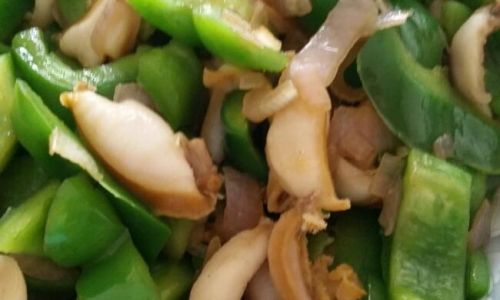
Ingredients: Gathering the Essentials
To prepare abalone stir-fried with green peppers, gather the following ingredients:
- Abalone (4 medium-sized): Fresh is ideal, but frozen or canned varieties can substitute if properly prepared.
- Green peppers (2 large): Choose firm, brightly colored peppers for optimal flavor.
- Garlic (4 cloves): Minced for aromatic depth.
- Ginger (1-inch piece): Finely julienned to add warmth.
- Scallions (3 stalks): Sliced diagonally for garnish.
- Soy sauce (2 tbsp): Use high-quality light soy sauce for saltiness.
- Oyster sauce (1 tbsp): Enhances umami flavor.
- Sesame oil (1 tsp): For a nutty finish.
- Cornstarch (1 tsp): Mixed with water to thicken the sauce.
- Cooking oil (2 tbsp): Use peanut or vegetable oil for high-heat cooking.
- Optional: Red pepper flakes, Shaoxing wine, or sugar for balancing flavors.
Preparing the Abalone: A Delicate Process
-
Cleaning the Abalone:
- Rinse the abalone under cold water to remove any sand or debris.
- Use a stiff brush to scrub the exterior gently, paying attention to the crevices.
- If using fresh abalone, detach the meat from the shell by inserting a spoon between the flesh and the shell, twisting gently to release it.
-
Tenderizing the Meat:
- Abalone can be tough if overcooked. To tenderize, use a meat mallet or the back of a knife to pound the flesh lightly. This breaks down muscle fibers without crushing the texture.
- Alternatively, marinate the abalone in a mixture of cornstarch and water for 15 minutes to retain moisture during cooking.
-
Slicing Technique:
- Slice the abalone thinly against the grain into ¼-inch thick pieces. This ensures even cooking and a melt-in-the-mouth texture.
- For added visual appeal, score the slices lightly in a crosshatch pattern.
Preparing the Green Peppers and Aromatics
-
Green Pepper Preparation:
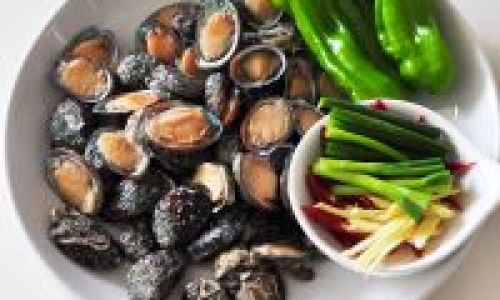
- Remove the stems, seeds, and membranes from the peppers.
- Slice them into uniform strips or diamonds for even cooking.
- Soak the slices in ice water for 10 minutes to crisp them further, then drain thoroughly.
-
Aromatic Base:
- Mince the garlic and ginger finely to release their oils during cooking.
- Separate the scallion whites (used for sautéing) and greens (for garnish).
The Cooking Process: Step-by-Step Mastery
-
Preheating the Wok:
- Heat a wok or large skillet over high heat until it begins to smoke. This ensures a searing hot surface for stir-frying.
- Add the cooking oil and swirl to coat the pan evenly.
-
Sautéing Aromatics:
Add the garlic, ginger, and scallion whites to the hot oil. Stir-fry for 10–15 seconds until fragrant but not browned.
-
Cooking the Abalone:
- Add the sliced abalone to the wok in a single layer. Allow it to sear undisturbed for 30 seconds to develop a golden crust.
- Toss gently and stir-fry for another 1–2 minutes until the abalone turns opaque. Overcooking will toughen the meat, so timing is crucial.
-
Incorporating Green Peppers:

- Push the abalone to one side of the wok and add the green peppers to the empty space.
- Stir-fry the peppers for 2–3 minutes until slightly softened but still vibrant.
-
Sauce Preparation:
- In a small bowl, combine soy sauce, oyster sauce, sesame oil, and cornstarch slurry.
- Pour the sauce into the wok, tossing everything to coat evenly. The cornstarch will thicken the sauce, clinging to the ingredients.
-
Final Touches:
- Stir-fry for an additional 30 seconds until the sauce glazes the abalone and peppers.
- Remove from heat and garnish with scallion greens.
Tips for Perfect Results
- High Heat is Key: Stir-frying requires intense heat to sear ingredients quickly, preserving texture and flavor.
- Avoid Overcrowding: Cook in batches if necessary to prevent steaming, which leads to soggy results.
- Marinate for Flavor: For deeper taste, marinate abalone in a mixture of soy sauce, Shaoxing wine, and cornstarch for 20 minutes before cooking.
- Adjust Seasoning: Taste and adjust the sauce with a pinch of sugar or a splash of vinegar to balance saltiness.
Serving Suggestions
- Pair with Grains: Serve over steamed jasmine rice, fried rice, or noodles to soak up the flavorful sauce.
- Appetizer Option: Present as a cold dish by chilling the stir-fry and serving with lettuce cups for wrapping.
- Wine Pairing: Complement with a crisp Riesling or a light Chardonnay to enhance the dish’s briny and sweet notes.
Variations and Substitutions
- Spicy Twist: Add sliced chili peppers or a dash of Sriracha during cooking.
- Vegetarian Adaptation: Substitute abalone with king oyster mushrooms or tofu for a plant-based version.
- Alternative Vegetables: Use snap peas, carrots, or bamboo shoots for color and texture contrast.
Common Mistakes to Avoid
- Overcooking Abalone: Remove from heat as soon as it turns opaque to prevent toughness.
- Insufficient Heat: A lukewarm wok will steam ingredients instead of searing them, resulting in a soggy texture.
- Skipping Marination: Marinating ensures tenderness, especially for frozen or tougher abalone.
Cultural Significance and History
Abalone has been a symbol of luxury in Chinese cuisine for centuries, often served during festivals and celebrations. Its pairing with green peppers, a New World ingredient, reflects centuries of culinary exchange. Today, this dish embodies globalization, blending traditional techniques with accessible ingredients.
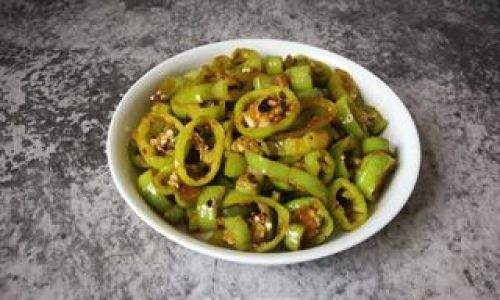
Nutritional Benefits
- Abalone: Low in fat, high in protein, and rich in iodine, which supports thyroid function.
- Green Peppers: Excellent source of vitamin C, antioxidants, and dietary fiber.
- Ginger and Garlic: Boost immunity and aid digestion.
Conclusion
Cooking abalone with green peppers is a culinary adventure that rewards patience and precision. By mastering the techniques outlined here—from tenderizing the abalone to achieving wok hei (the breath of the wok)—you’ll create a dish that dazzles both the palate and the eye. Whether you’re hosting a dinner party or treating yourself to a gourmet meal, this recipe elevates abalone from a luxury ingredient to a weekly staple. Experiment with variations, share your creations, and savor the joy of crafting a timeless classic in your own kitchen.
Word Count: 1,587
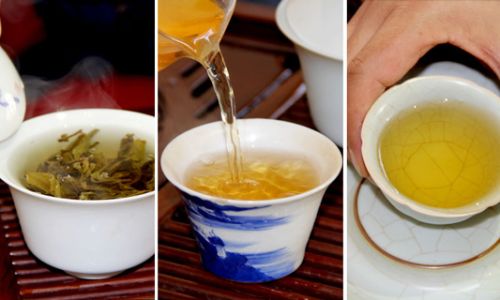
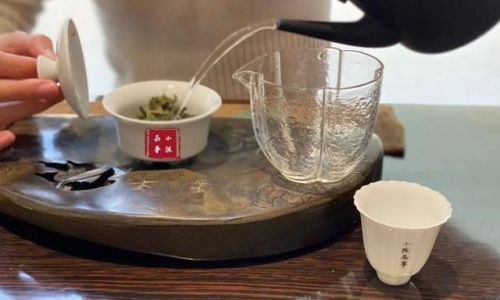
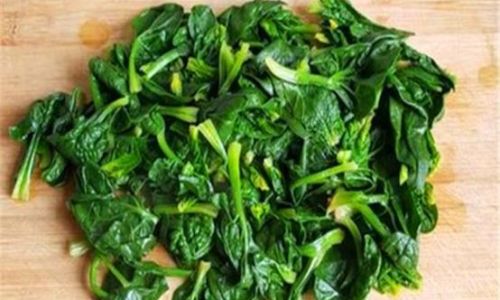
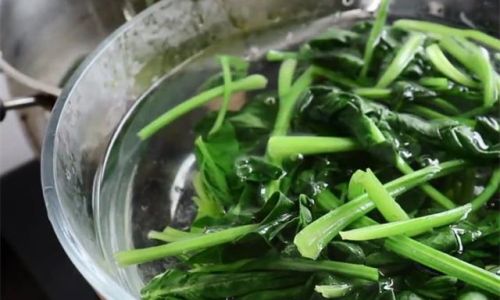
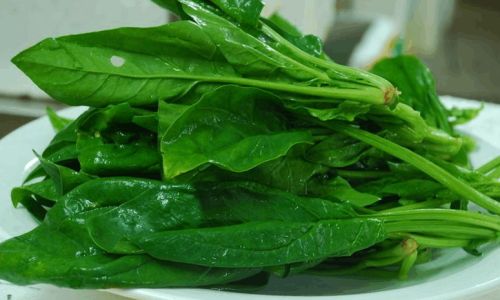
0 comments